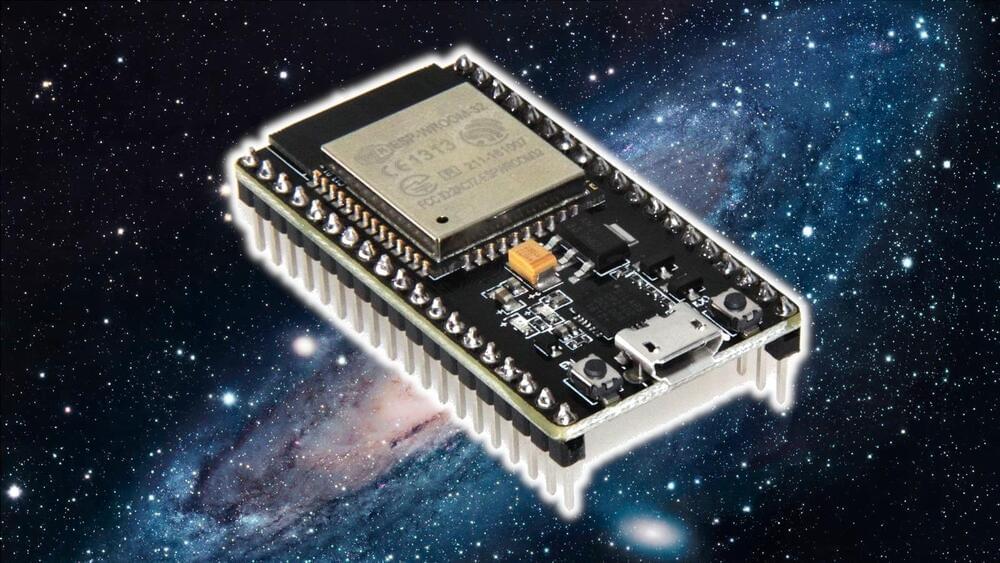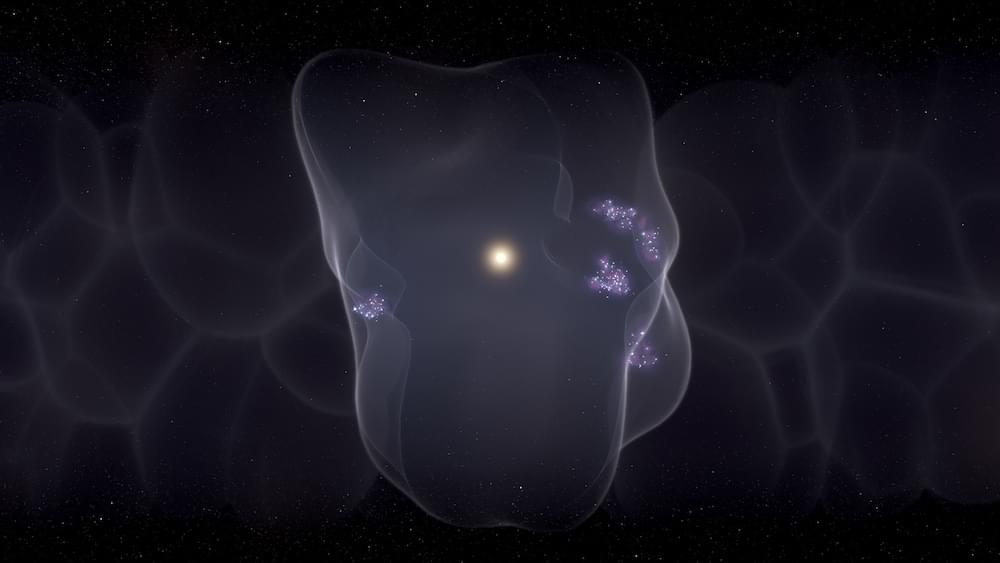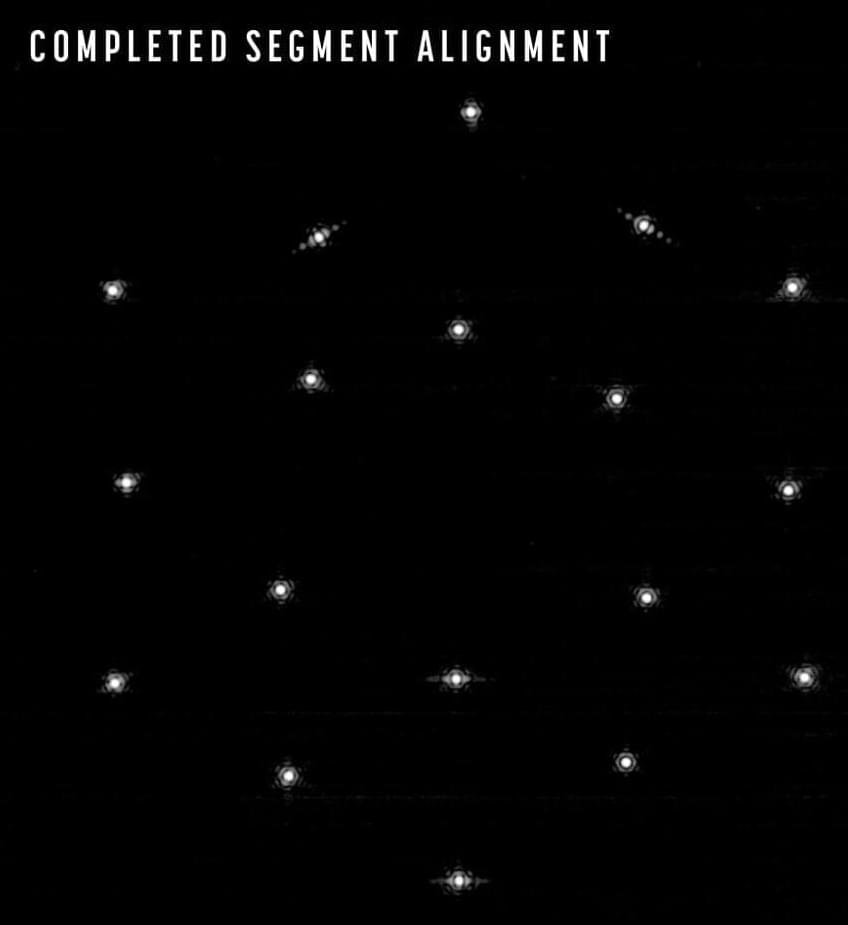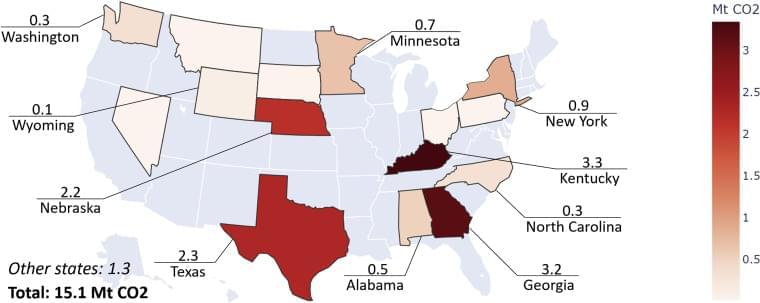Often, reprogramming a microcontroller involves placing it in reset, flashing the code, and letting it fire back up. It usually involves shutting the chip down entirely. However, [bor0] has built a virtual machine that runs on the ESP32, allowing for dynamic program updates to happen.
The code is inspired by the CHIP-8, a relatively ancient interpreter that had some gaming applications. [bor0] had already created a VM simulating the CHIP-8, and repurposed it here, taking out the gaming-related drawing instructions and replacing them with those that control IO pins. Registers have also been changed to 16 bits for added flexibility and headroom.
It’s probably not something with immediate ground-breaking applications for most people, but it’s a different way of working with and programming the ESP32, and that’s pretty neat.
China’s government took U.S. intelligence provided to convince Beijing to join American-led efforts to head off a military attack on Ukraine and shared it with Russia, according to a person familiar with the activity.
Intelligence-sharing with a major U.S. adversary is unusual but was part of repeated diplomatic efforts by the Biden administration to gain support from China in dissuading Russian President Vladimir Putin from invading Ukraine.
The Milky Way is blowing a star-forming bubble, and we’re in the middle of it.
Think “bubbles,” and you may think “soap” or “gum.”
But not Catherine Zucker, currently a Hubble Fellow at the Space Telescope Science Institute and a former researcher with the Harvard-Smithsonian Center for Astrophysics. Zucker’s interest in bubbles is cosmic. And she and her collaborators have found new insights about a bubble in which our solar system sits.
Astronomers have long known about the 1,000-light-year-wide Local Bubble. In a new paper published Jan. 12 in Nature, Zucker and her co-authors describe it as “a cavity of low-density, high-temperature plasma surrounded by a shell of cold, neutral gas and dust.” But for years, astronomers were in the dark beyond that. The history of the Local Bubble, even its size, remained unknown.
“Now that Ukrainian airspace is in dispute and being contested and Ukrainian airspace runs right up alongside NATO airspace, we have conveyed to the Russians that we believe a conduit at the operational level is needed … so we can avoid miscalculation,” a senior Pentagon official told POLITICO. “And we have not received any response from them in terms of whether they agree, whether they are willing to set something up.”
As the U.S. and NATO rush weapons into Ukraine, DoD officials want more military channels to Putin’s top leaders. But Russia’s not picking up the phone.
Revisiting Bitcoin’s carbon footprint
Posted in bitcoin









